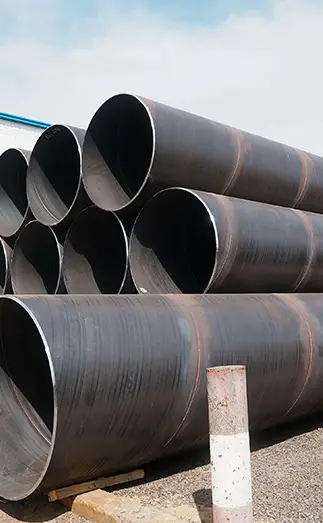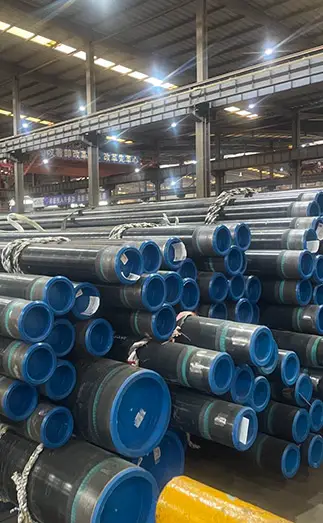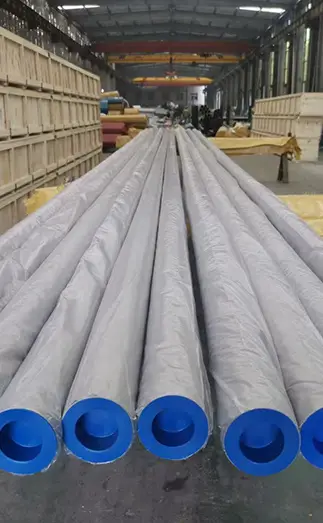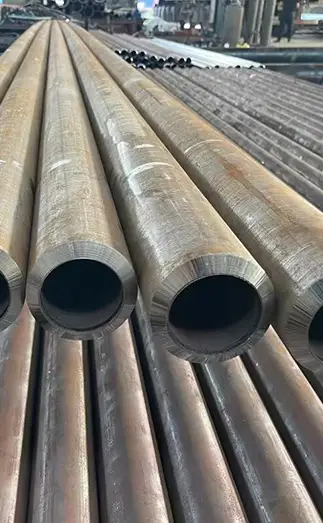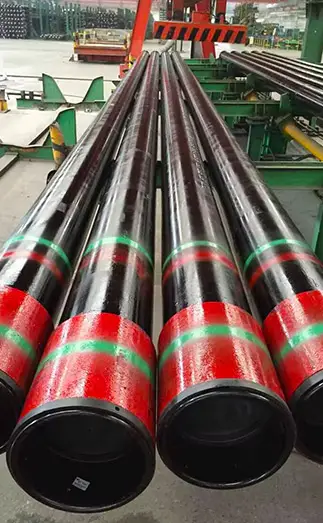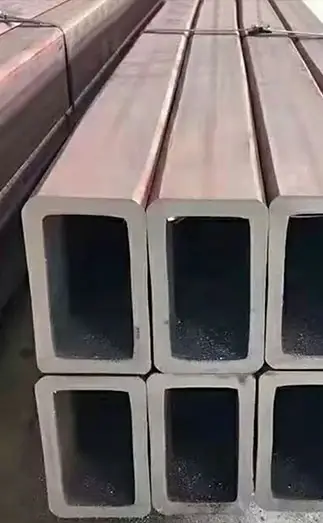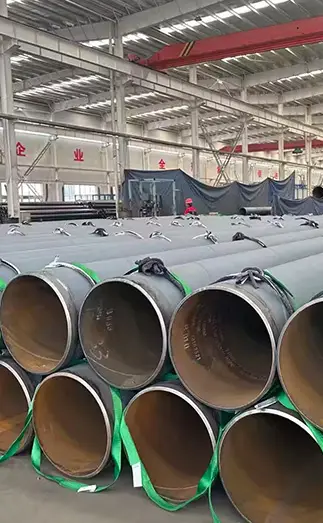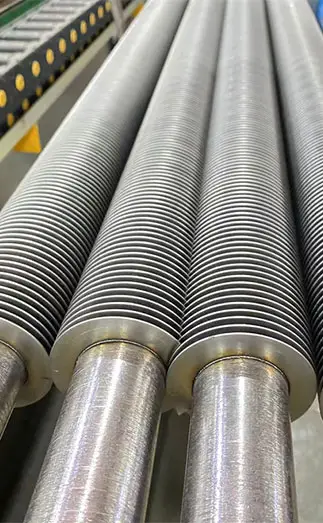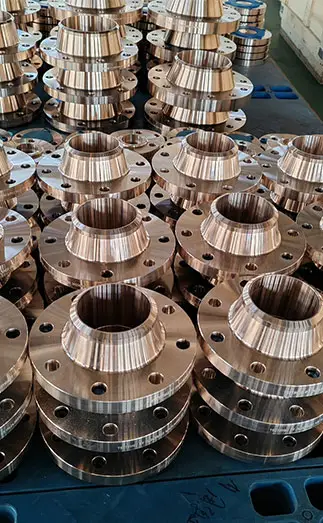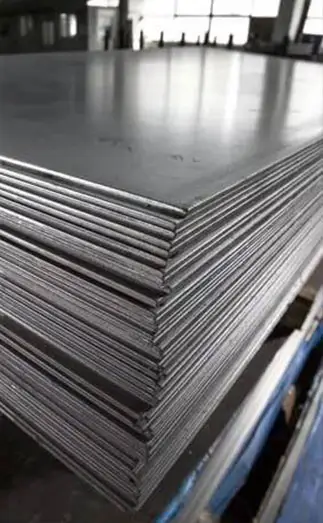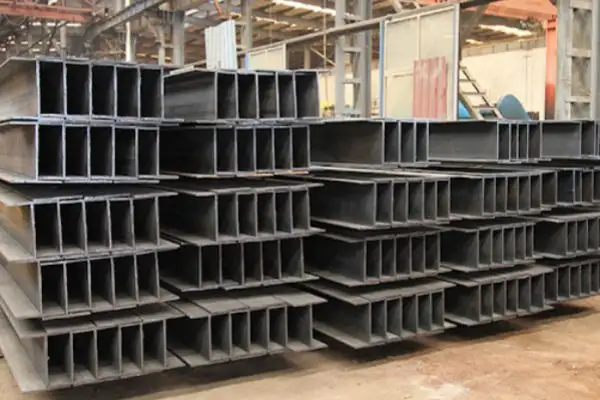The EN 10210 standard is one of the most important European standards for structural steel tubes. Its full title is:
EN 10210-1: Hot-Formed Hollow Sections for Structural Use – Technical Delivery Conditions
EN 10210-2: Hot-Formed Hollow Sections for Structural Use – Dimensions and Cross-Sectional Properties
In simple terms, EN 10210 specifies the materials, production methods, dimensions, tolerances, mechanical properties, and testing requirements for hot-formed hollow sections (square, rectangular, and circular tubes) used in building and engineering structures.
Super Steel Manufacturing Co.,Ltd is professional steel pipe manufacturer, for more details, please contact:sales@super-steels.com
Main Contents of EN 10210
Like EN 10219 (the cold-formed equivalent), EN 10210 consists of two main parts:
EN 10210-1: Technical Delivery Conditions
Material Requirements
Covers fine-grained normalized steels with defined chemical composition and guaranteed mechanical properties.
Typical steel grades include S235J2H, S275J2H, S355J2H, and S355K2H.
Manufacturing Process
Specifies hot forming (hot working), where billets are heated and shaped by piercing, rolling, or extrusion.
For non-circular sections, welding may be required, with strict rules on welding procedures, welder qualifications, and weld quality.
Mechanical Properties
Defines minimum values for:
Yield Strength (ReH)
Tensile Strength (Rm)
Elongation (A)
Impact Energy (KV)
As normalized steels, EN 10210 sections provide excellent toughness and impact resistance.
Inspection and Testing
Requires tensile, impact, flattening, and other tests to verify compliance.
Dimensions and Tolerances
Works in conjunction with EN 10210-2.
Marking and Certification
Ensures traceability and compliance with CE marking requirements.
EN 10210-2: Dimensions and Cross-Sectional Properties
This part contains detailed tables of dimensions and section properties such as cross-sectional area, moment of inertia, radius of gyration, and section modulus. These values are essential for structural engineers performing load calculations and design.
EN 10210 vs EN 10219: Key Differences
The most significant distinction lies in the forming process:
EN 10210 – Hot Forming
Produced by hot rolling, extrusion, or piercing at high temperatures.
Results in thicker walls, uniform properties, and larger corner radii in square/rectangular tubes.
Surfaces usually have a mill scale finish (bluish-gray, rougher appearance).
Tubes are supplied in the normalized condition, improving ductility and impact toughness.
Better suited for dynamic loads, low-temperature applications, and critical structures.
Typical applications: medium- and large-diameter pipes with thicker walls.
EN 10219 – Cold Forming
Manufactured by cold bending steel sheet/strip at room temperature followed by welding.
Produces tubes with thinner walls, precise dimensions, and smoother surfaces.
More economical, but with lower toughness compared to hot-formed tubes.
Commonly used in secondary structures, static load applications, and architectural projects.
Typical applications: small- and medium-diameter pipes with thinner walls.
In short:
EN 10210 = “high-performance version,” used where strength, toughness, and safety are critical.
EN 10219 = “cost-effective version,” ideal for general-purpose structures.
Common Steel Grades under EN 10210
S235J2H – Basic grade for standard structural applications
S275J2H – Higher strength than S235
S355J2H – Widely used grade offering an excellent balance of strength and toughness
S355K2H – Similar to S355J2H but with higher impact energy requirements (superior toughness)
Notation breakdown:
S = Structural steel
355 = Minimum yield strength in MPa
J2/K2 = Impact toughness quality (K2 > J2)
H = Suitable for hollow sections
Applications of EN 10210 Steel
Thanks to its toughness and reliability, EN 10210 hollow sections are preferred in critical load-bearing applications:
Building Structures
Columns, beams, and trusses in stadiums, airports, and large commercial centers.
Guardrails and safety-critical components exposed to vehicle impact.
Bridge Construction
Piers, support frames, and main structural members.
Heavy Machinery & Equipment
Crane booms, excavator frames, and supports for heavy-duty machines.
Agricultural and mining machinery exposed to dynamic loads.
Offshore & Harsh Environments
Oil platforms, port structures, and facilities requiring excellent impact resistance in low-temperature conditions.
Conclusion
The EN 10210 standard defines hot-formed hollow sections designed for maximum strength, toughness, and reliability. Compared to cold-formed EN 10219 sections, EN 10210 products are more robust and suitable for demanding environments such as heavy structures, bridges, and offshore platforms.
Choosing between EN 10210 and EN 10219 depends on:
Design requirements
Load conditions
Budget considerations
Performance expectations
For projects where safety and durability cannot be compromised, EN 10210 remains the standard of choice.



 English
English Español
Español Français
Français بالعربية
بالعربية